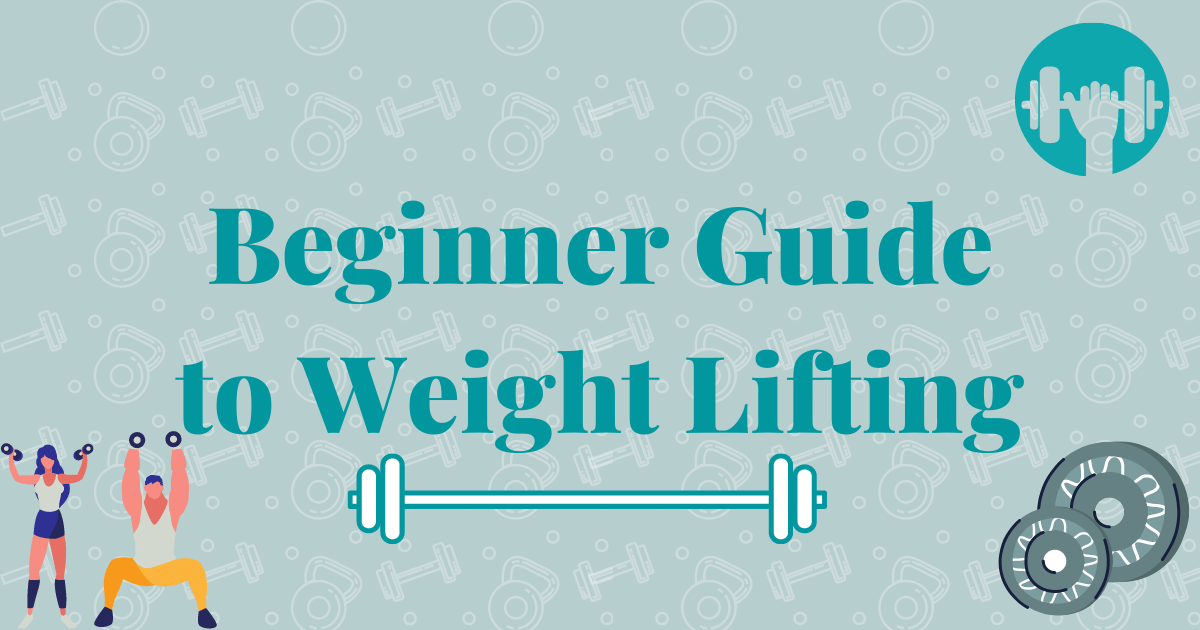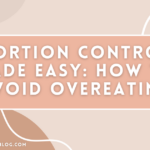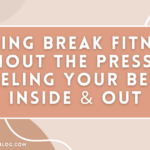Lifting weights has recently become very popular, especially for women. In the past there was a lot of misinformation that women would get these big muscles like men if they lifted weights. Many women only do cardio for workouts, while leaving the men to lift weights. There is nothing wrong with only doing cardio if you enjoy it, but I am here to explain how doing a variety of different workouts can improve your body’s physique, endurance, and strength. It’s all about building balance in your life and trying out new types of exercise that can help you find the balance you’re looking for.
What is Weight Lifting?
Weight lifting can be an overwhelming subject when you first hear about it. Weight lifting is a type of strength training that involves using a variety of different weighted objects such as dumbbells or kettlebells to build strength and endurance. It’s confusing because weight lifting can also be called resistance training, and strength training interchangeably. When you lift weights you create microscopic tears in the muscles. This might sound bad, but it’s actually very beneficial. When these tears are created, your muscles will grow back stronger than before. This is also why you may feel sore after a weight lifting session. When you cause these microscopic tears, your muscles need enough time to recover and be able to grow back stronger.
Benefits of Weight Lifting
There are so many benefits of weight lifting that I may not be able to explain them all, but I will try to explain the big ones. As I mentioned before, the microscopic tears in your muscles form stronger muscles which build up your strength. Building up your strength can be extremely beneficial in daily life. If you need to move something heavy in your house and you regularly strength train, it will not only feel easier to move the object, but also lessen your chances of injury. If you focus on the proper form when weight lifting, whenever you need to lift heavy objects in your daily life you can utilize the same form and lower your chances of injury by a lot! This is often why people throw out their back when lifting heavy objects. They are not using the proper lifting form which causes strain on the wrong muscles. Weight lifting can also aid in weight loss. It is often understood that cardio is the only way to lose weight, but that is not true. Cardio does burn more calories per session, but lifting weights burns more calories throughout the day. Muscles burn more calories at rest than other body tissue, and if you weight lift consistently you are building up more muscle. Weight lifting helps increase your metabolism, which is a vital part to weight loss. Metabolism is what your body uses to convert what you eat and drink into energy. If your body has a fast metabolism it can burn calories faster. Cardio is a great way to lose weight, but it also lowers your muscle mass, which in turn lowers your metabolism. Doing a mix of cardio and weight lifting is the best schedule to keep you in shape and allow your body to keep burning calories at rest. There are about a thousand other reasons to lift weights such as improved sleep, reduced anxiety and depression, improved posture, and improved balance, but we won’t dive too deep into those today.
Tips to Start Weight Lifting:
Warm-up and Cool Down
Warming up and cooling down are very important to prevent injury and aid in recovery when it comes to weight lifting. Doing a dynamic warm-up instead of static stretching can help get your muscles activated and ready to lift some weights. It allows your whole body to get involved and allow your joints to go through a full range of motion. When you are finished weight lifting it’s very easy to just grab your things and leave, but cooling down is very important. It allows your body to return to its normal heart rate, blood pressure, and body temperature. It also can help reduce cramps or stiffness. When you lift, your muscles are sore and blood is pumping to those muscles in your body. Your body produces lactic acid when exercising to give it the energy it needs to finish the workout. It can make you feel quite sore for a couple hours after, but stretching after exercise helps clear it out of the bloodstream faster. Warm-ups and cool downs can reduce the soreness in your body after working out and prepare you for your next workout faster.
Focus on Form
If you’re just starting to get into weight lifting you most likely will look up videos online of what exercises to try. The people showing the exercises are often professionals who might not mention how to properly perform the exercise. If you see an exercise that you would like to try, the first step is to go online and find a video explaining the proper form of that specific exercise before you attempt to do it. They should explain what part of the body is being engaged and how it should feel when you perform the exercise. Proper form is the most important part of weight lifting. Weight lifting can be beneficial to preventing injury, but only if you are doing the exercises the right way. If you are engaging the wrong muscles, the exercise will not target the right muscle group and you will most likely hurt yourself. Attempt the exercise without weights before you ever pick up any weights. This will ensure that you are using the proper form for each exercise and getting the maximum benefits out of it before you use weights. Start at a very low weight when you feel ready to pick up the weights. You might see other people picking up very heavy weights doing the same exercise, but they could have been lifting weights for years and built up to that level overtime. Do not compare your progress to anyone else’s because everyone starts somewhere.
Increase Weight Slowly
Take your time, work on your form, and when you feel ready, try to pick up some weights. Some days you will feel weaker than others, so listen to your body and pick up the weights that feel right for that day. When you know that your form is correct, and the weights you are using don’t feel difficult to lift anymore, slowly increase the weight. It’s easy to want the fast track on your weight lifting goals. It can be aggravating using the same weights for weeks in a row before increasing them, but this will help prevent injury. You will see other people who have been lifting for a long time and desire to get to that level. Take a step back and look at your own fitness journey. Everyone starts somewhere so please do not look at other people’s progress and compare because they have a different fitness timeline than you. Focus on all the progress that you are making and find your own motivation to workout. If today is the first day you start your fitness journey and only try one exercise, be proud! Write down your accomplishments and understand how far you have come. If that means you don’t pick up any weights for a year and practice bodyweight exercises, that is great! Once you feel ready to pick up weights, your form could be impeccable and that is the key ingredient in weight lifting. Pick up specific weights based on how your body is feeling that day and don’t be afraid to fail. You can try and push yourself by increasing your weights when you feel ready. If you attempt an exercise with an increased weight and you fail, that just means you are one step closer to getting it next time. Don’t be afraid to step out of your comfort zone because that’s what weight lifting is all about!









Dani
June 14, 2022 at 1:43 amGreat post I didn’t know about the micro tears that makes a lot of sense.
Mom
June 14, 2022 at 12:40 pmYou go girl!!! 🏋️♀️ 💕